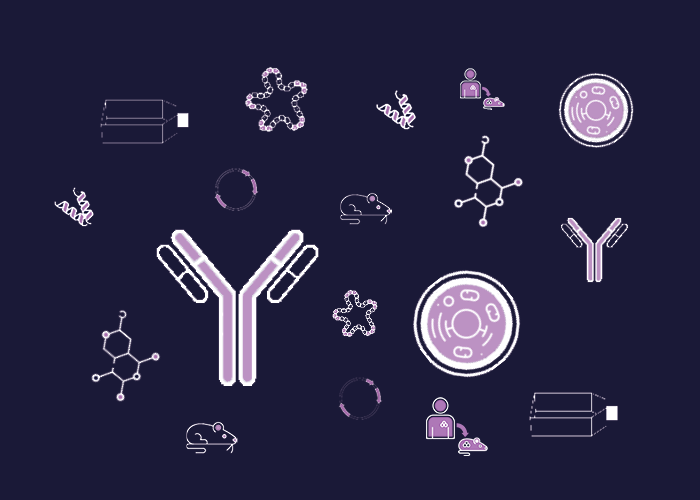
Cat. #153753
Human Vaginal Epithelial Cell (HVEC) Line
Cat. #: 153753
Unit size: 1x10^6 cells / vial
Availability: 8-10 weeks
Organism: Human
Tissue: Vaginal Epithelium
Disease: S. aureus infectioni
Model: Immortalised Line
£575.00
This fee is applicable only for non-profit organisations. If you are a for-profit organisation or a researcher working on commercially-sponsored academic research, you will need to contact our licensing team for a commercial use license.
Contributor
Inventor: Aloysius Klingelhutz
Institute: The University of Iowa
Primary Citation: Peterson et al. 2005. ASM Journals. Infect Immun. 2005 Apr;73(4):2164–2174. PMID: 15784559
Tool Details
*FOR RESEARCH USE ONLY (for other uses, please contact the licensing team)
- Name: Human Vaginal Epithelial Cell (HVEC) Line
- Alternate name: HVEC E6/E7/TERT cells (V428)
- Organism: Human
- Tissue: Vaginal Epithelium
- Disease: S. aureus infectioni
- Growth properties: Adherent
- Model: Immortalised Line
- Conditional: No
- Description: Immortalized HVEC line derived from primary normal human epithelial cells isolated from premenopausal vaginal hysterectomy tissue, obtained from a healthy female donor. This cell line maintains phenotype with time in culture and exhibits proinflammatory responses, and is useful for researchers studying cancer/infection biology and pathogenesis.
- Production details: Primary normal human epithelial cells were isolated from premenopausal vaginal hysterectomy tissue, obtained from a woman who did not have cancer. Cells were grown in keratinocyte serum-free medium (KSFM) (Gibco) on plastic and passaged with a 1:4 split using trypsin-EDTA. Early-passage cells were doubly transduced with retroviruses expressing human papillomavirus 16 (HPV-16) E6/E7 and the reverse transcriptase component of telomerase, hTERT, and selected with 50 μg of the antibiotic G418 per ml (Sigma). The E6/E7/TERT cells (V428) had high levels of telomerase and became immortal without a crisis, whereas normal un-transduced cells senesced around passage 9.
- Biosafety level: 2
Target Details
- Target: Used to assess affects of toxins/pathogen on vaginal epithelium
Handling
- Format: Frozen
- Growth medium: Keratinocyte serum-free medium (KSFM) (GibcoTM), supplemented with 25 ug/ml bovine pituitary extract (BPE) and 0.16 ng/ml epidermal growth factor (EGF) and a 2% final volume of penicillin-streptomycin-amphotericin B. Do not keep media for more than 1 month past adding supplements. Do not freeze and thaw medium.
- Temperature: 37°C
- Unit size: 1x10^6 cells / vial
- Shipping conditions: Dry ice
- Subculture routine: Split 1:4 every 4-5 days at 70-90% confluency. Aspirate medium and wash plate with (1X) PBS (without calcium or magnesium). Add 4 ml (0.05%) Trypsin/EDTA and incubate at 37°C for 5-10 minutes. Add 4 ml PBS-A containing 2% FBS to inactivate the trypsin. Transfer cells to a sterile 15ml tube and centrifuge at 1200 rpm for 5min. Carefully aspirate supernatant taking care not to disturb the pellet and resuspend in K-SFM. Change media every other day. The cells will not do well if they are left over the weekend without a media change or if they are left to grow to greater than 95% confluency. Please also see detailed protocol within the Product Datasheet in the Documentation section below.
References
- Peterson et al. 2005. ASM Journals. Infect Immun. 2005 Apr:73(4):2164–2174. PMID:15784559



